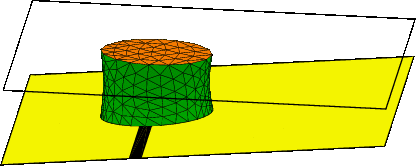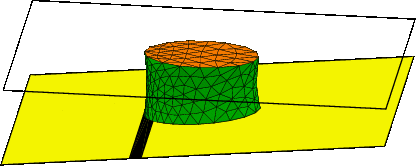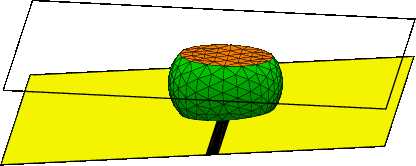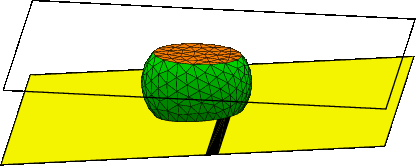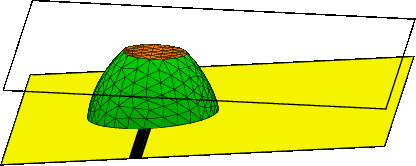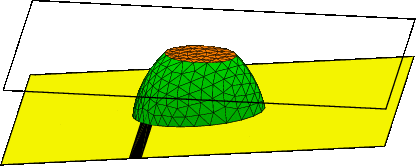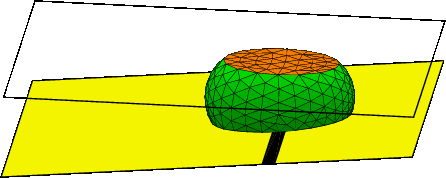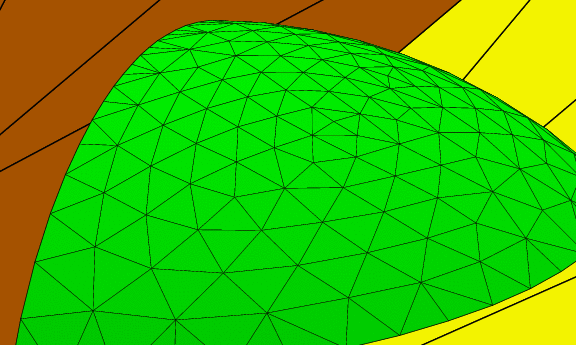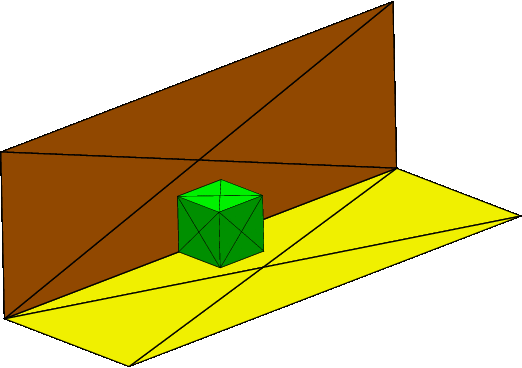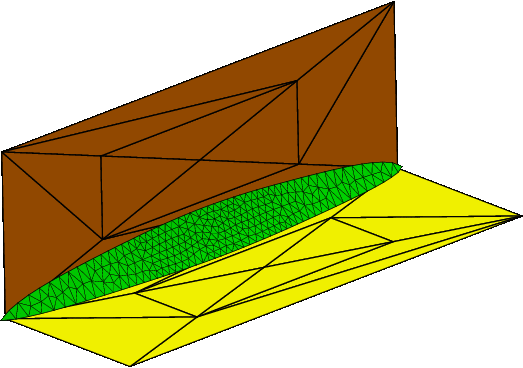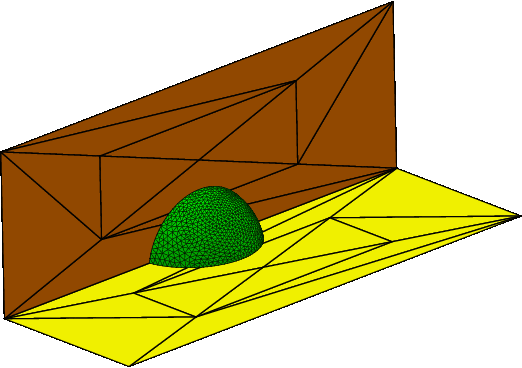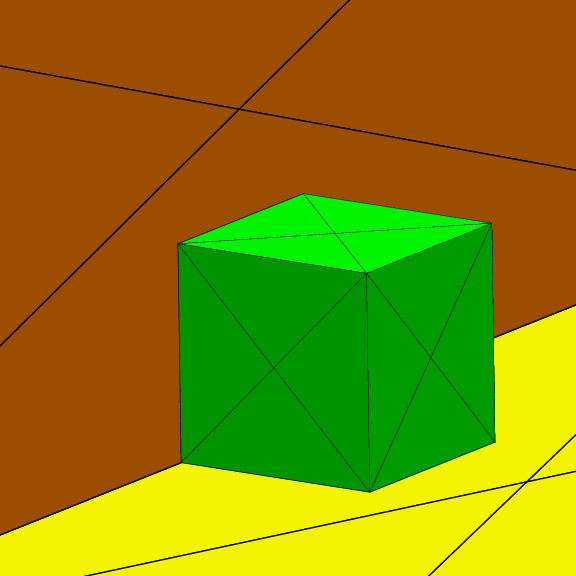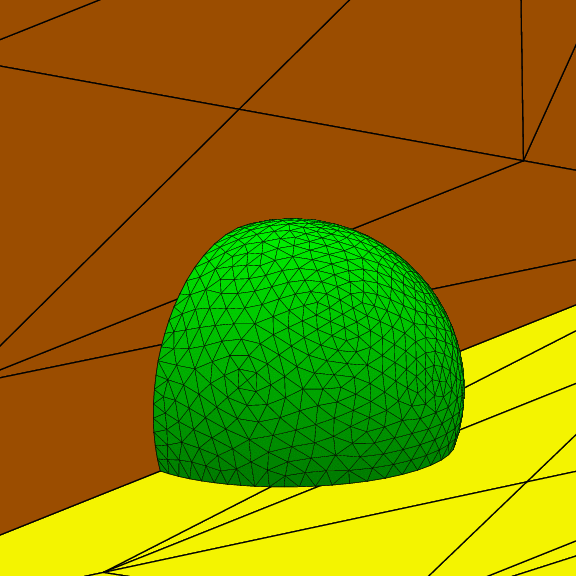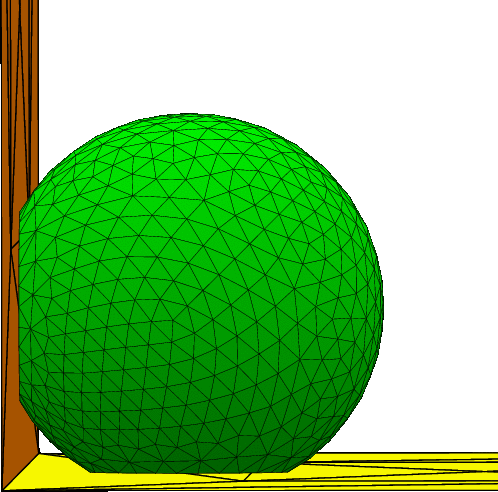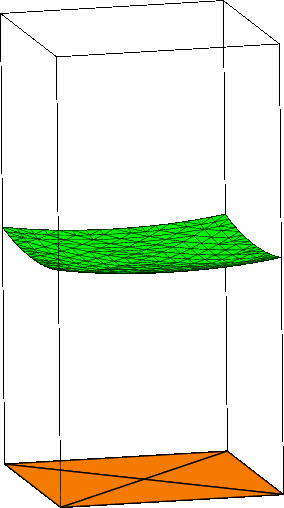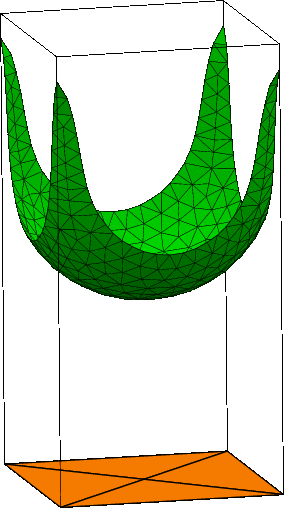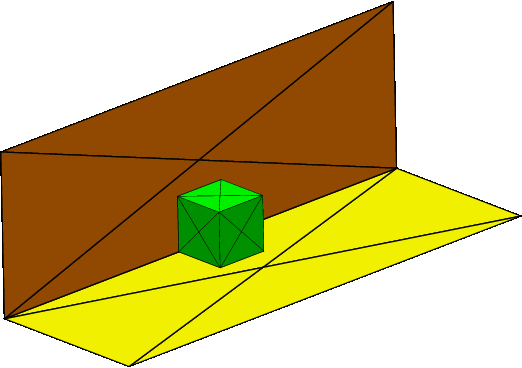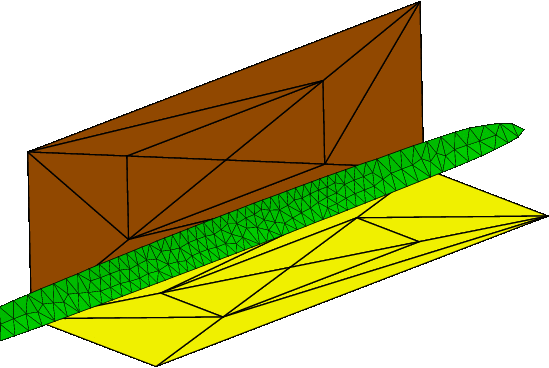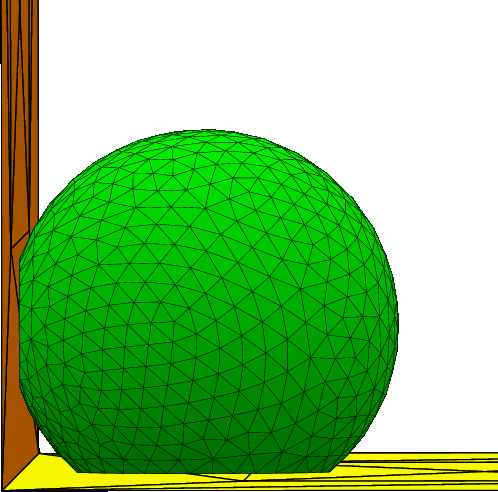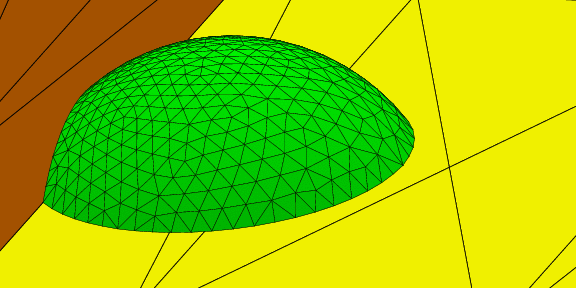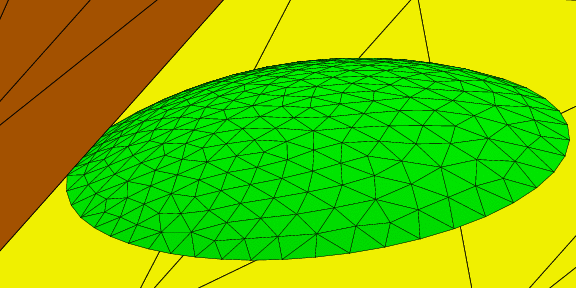The Physics of Microdroplets, Chapter 5

This page contains Evolver datafiles for Chapter 5 images. The data files contain evolution scripts (always named "gogo") and scripts for producing EPS files for the book images (always named "run").
The image scripts set the viewing angle with the "view_matrix := ..." command. The particular view matrix used was generated by moving the surface by mouse and then printing out the view matrix with the "print view_matrix" command, and cutting and pasting the result into the command.
- Fig. 5-6 Wetting drop between nonparallel planes moving toward narrow end.
- Fig. 5-7 Flattened drop moving towards wider end.
- Fig. 5-8 Drop moving toward dihedral.
- Fig. 5-9 Different contact angles, drop moving toward wider end.
- Fig. 5-13 Drop in 90 degree wedge.
- Fig. 5-16 Drop evolving to filament.
- Fig. 5-18 Drop in hydrophobic wedge.
- Fig. 5-19 Filaments in micro-beaker.
- Fig. 5-21 Drop in corner.
- Fig. 5-22 Drop in wetting and nonwetting corners.
Get Surface Evolver
Back to book home page.
